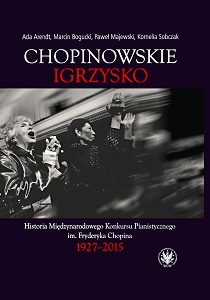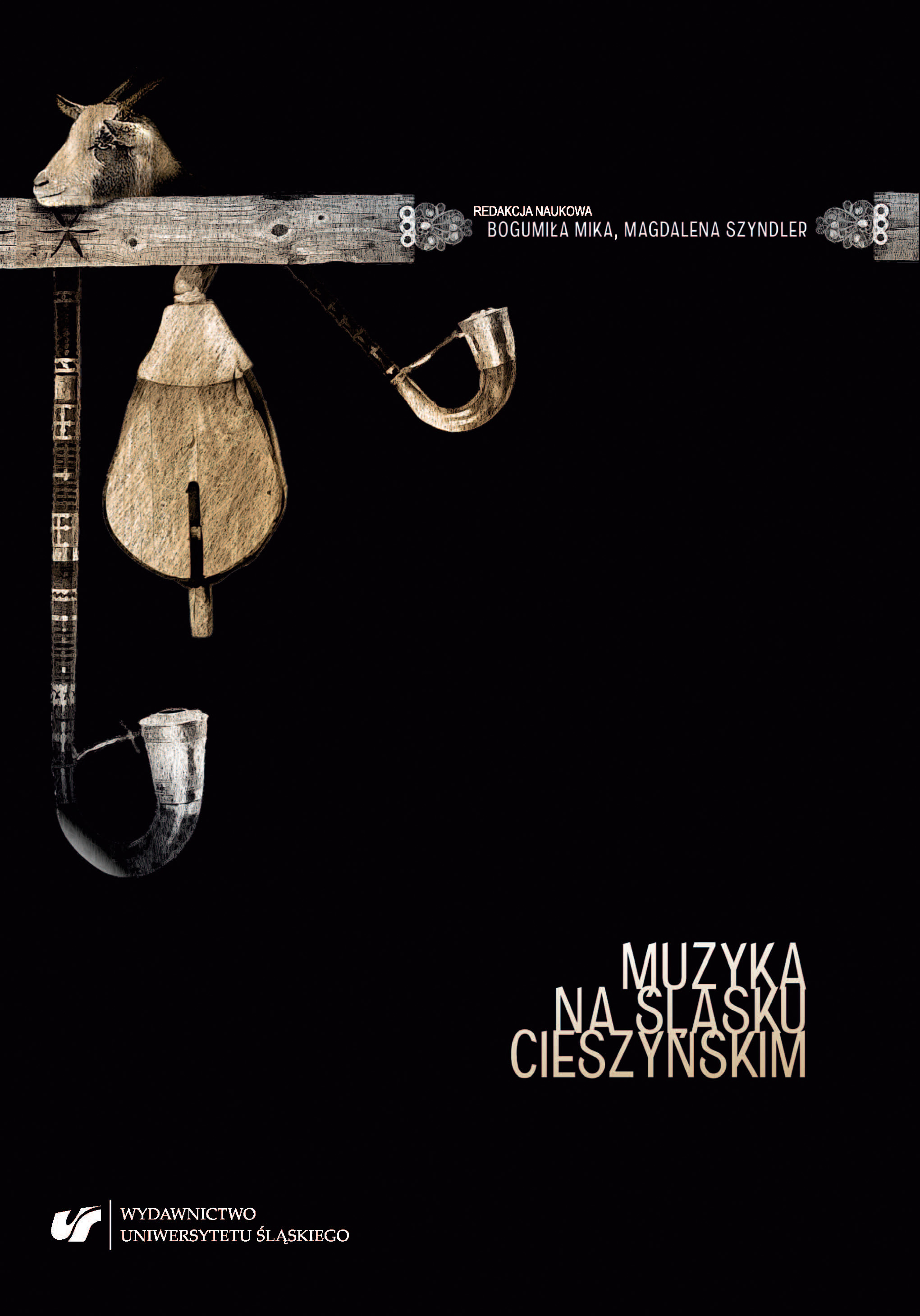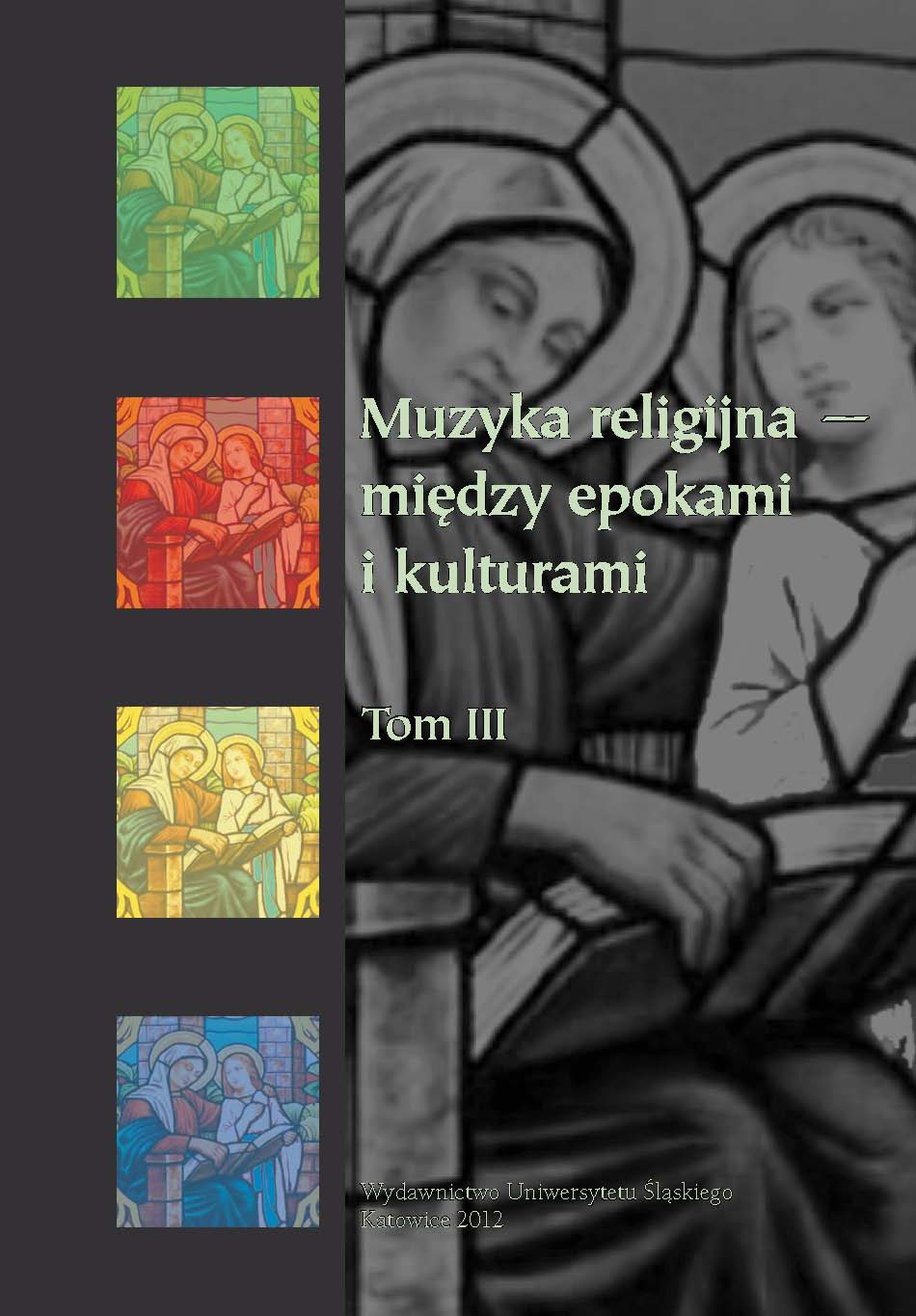
VII Konkurs. Konkurs Gombrowiczowski 22 lutego–13 marca 1965 roku
The book presents the history of the Chopin Competition told from the perspective of anthropological and cultural studies, and based on extensive source material. Thanks to this, the authors were able to describe the so far little-known aspects of the history of the most important Polish music competition and one of the most important ones in the world.
More...

